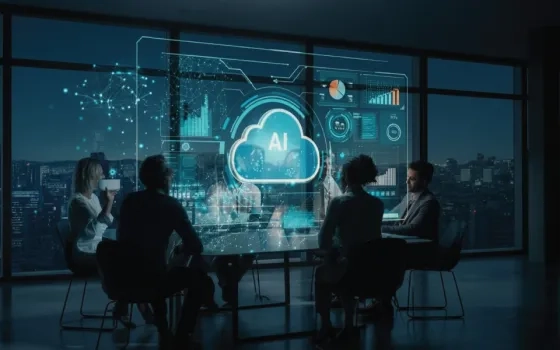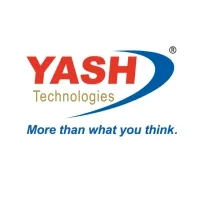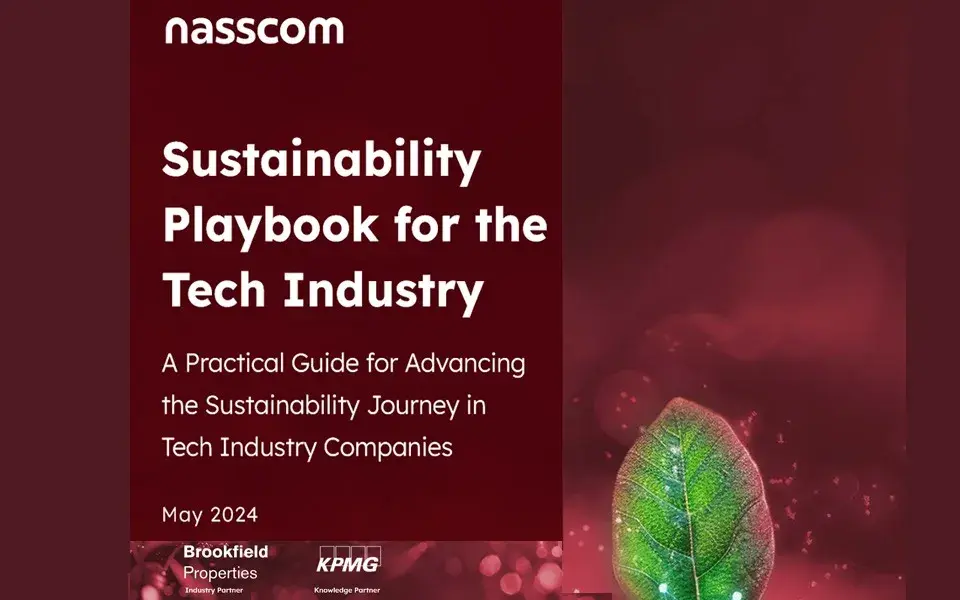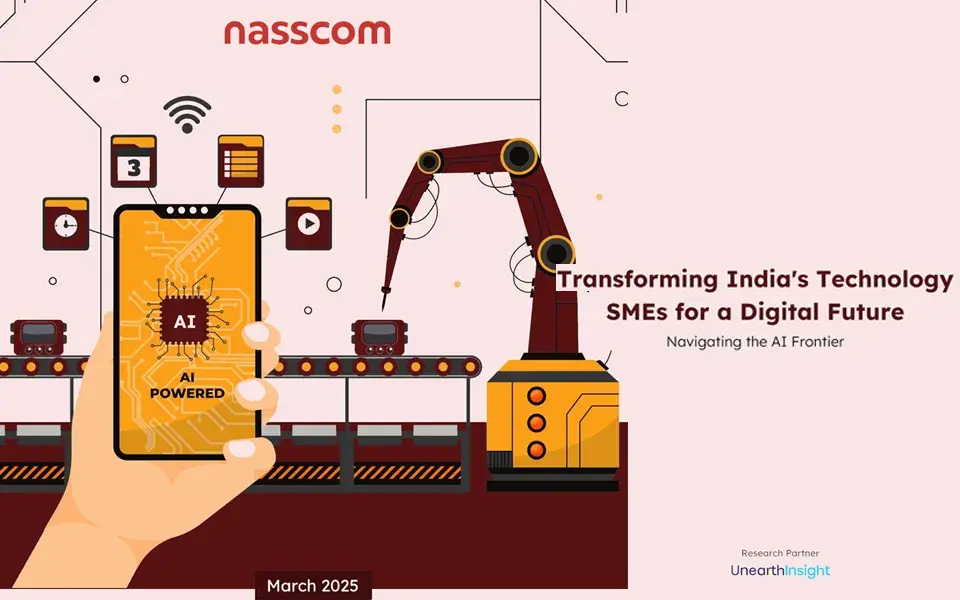Highlights
- Our ‘sustainability by design’ framework offers a clear, verifiable approach for companies to build business value as well as create a more sustainable future.
- The framework is based on extensive research and includes three impact elements and four core principles that cut across five dimensions of sustainability.
- Understand how your company’s sustainability readiness compares with others and get practical business imperatives to further your sustainability journey.
A new approach
Building a more sustainable world through sustainability by design
Measurements on sustainability today revolve around enterprise-level corporate, environment, social, and governance goals and reporting. There isn't a well-defined framework or industry-accepted standard for measuring and managing the most impactful sustainability outcomes across ecosystems. This is where our proposal to embed sustainability throughout the design process comes in. To contribute to this vision, we have defined the foundational elements, core principles, and business imperatives that can contribute to a sustainably designed world.
We will lay out a proposed approach in this paper for enterprises to incrementally adopt sustainability by design. By adopting this approach, enterprises can operate in the 21st-century construct of the connected digital enterprise. This includes integrated net-zero value chains, a collaborative ecosystem, and a long-term marketing and business growth strategy aligned to environmental and social governance. Enterprises that invest in sustainability initiatives across their connected business ecosystem life cycle (plants, services, products, as well as the digital journey) will gain a competitive advantage.
Investing in sustainability today could become a competitive advantage in the future.
Impact elements
Three key elements to consider when designing for sustainability
1. Understanding their environmental impact
Verifiable ESG data is hard to find because many organizations do not have consolidated data that allows for qualitative analysis. Poor data visibility makes it tough to demonstrate visible shifts.
2. Tracking their social impact
Consumers have started seeking credible product labels that will allow them to make informed sustainability decisions. In a rapidly evolving business and social landscape, it is tough for businesses to achieve full traceability for their supply chains.
3. Substantiating their economic impact
Businesses want to influence public perception by highlighting their environmental and social stewardship. They struggle to balance the cost of designing sustainable products with price points that a volatile market will support.
Design principles
Embedding four core principles for sustainability
Based on the three impact elements in the previous section, we propose that businesses embed four core sustainability principles into their design. These foundational blocks will help them bring life to sustainable ecosystems.
1. Connected plants fueled by renewable power
To stay relevant and competitive, businesses must invest in research and technologies that catalyze the transition of their manufacturing facilities to renewable energy. For example, enterprises in the oil and gas sector are exploring carbon capture, use, and storage, flare-gas recovery, and gas-turbine process optimization. In power and utilities, enterprises are transitioning to solar, wind, and nuclear energy.
Manufacturing giants are working toward 100% renewable energy. For example, global personal care products giant Unilever Opens in new tab sources 86% of its electricity from renewables. They are working toward switching to 100% renewable energy by 2030, in addition to investing in hydrogen technology and heat pumps.
2. Connected services driven by responsible practices
Responsible business practices are built on empathy and inclusivity and address uneven growth. By strategically connecting their services to a community’s well-being, businesses can create market differentiation.
For example, the ‘Compass’ strategy Opens in new tab from Unilever emphasizes that a business will not prosper without a healthy planet and society. The strategy Opens in new tab further reports that empowering and supporting small-scale farmers can increase crop yield by 79% and generate eight times more jobs than large-scale mechanized farms.
Meanwhile, food and apparel companies are looking for technological breakthroughs that can help them validate their responsible sourcing strategies. Traceability is to ensure deforestation-free sourcing, optimizing distribution and logistics, increasing recyclable packaging, and tracking end-of-life management all must be addressed together to create responsible supply chains. Further, power utilities and grids are leveraging technological advances in edge devices for real-time metering of assets to design distributed energy resource management system that can allow for better real-time communication and control of energy networks.
3. Intelligent products embedded with regenerative materials
To be profitable in the long term, companies should adopt circular business models to replenish natural resources and recycle materials used to create products. Re-engineering of products for resource efficiency and ensuring supply chain sustainability are of prime importance. Consider these examples:
- Automated disassembly innovation in high-tech Opens in new tab and ‘design-for-deconstruction’ techniques in building construction Opens in new tab adopt an emerging approach called ’active disassembly principles' Opens in new tab that can be emulated by other industries and allow for cost-effective, non-destructive, and mass recyclability of products.
- The aviation industry is investing in technologies that can increase the availability of sustainable aviation fuel, which is made from renewable sources and has a lower carbon footprint than traditional hydrocarbon-based jet fuels.
- Manufacturers of home and personal care products, automotive products, and other equipment are designing intelligent consumer products that use regenerative materials and betting on battery electric vehicles and plug-in hybrid EVs that can be truly sustainable, if powered by renewable electricity.
Measuring, verifying, and marketing such green claims can be challenging. However, actively engaging with suppliers to transition toward regenerative practices is crucial to build greener supply chains and cut embodied carbon from supplies.
4. Digital thread to integrate resilient enterprises
Imagine a transparent business landscape where stakeholders can access consistent, comparable, and reliable information for net-zero progress. Digitalization has the power to create a single source of truth that can reflect the true value of climate action for business owners, shareholders, employees, and customers.
In 2021, a convention on biodiversity Opens in new tab convened by the Union of Ethical Biotrade brought together companies from around the world to address biodiversity loss. However, successful implementation will rely on technological advances in satellite monitoring, geographic information system sensors, and distributed ledgers through blockchain. These breakthroughs can lead to more transparent supply chains, which in turn will allow us to tackle biodiversity loss and deforestation.
On the consumer side, blockchain technologies and non-fungible tokens could be used to create unparalleled transparency and rewards that incentivize sustainable behavior.
Business needs
Focusing on five imperatives to unlock value from sustainability
Organizations that aspire to transform and unlock value from sustainability need to invest in five business imperatives.
1. Design a sustainability strategy and operating model
Businesses must catch up at an unprecedented pace and scale by powering their growth engines alongside their sustainability ambitions. To be both profitable and responsible, they need a robust strategy that harnesses the benefits of ESG investing and green finance. They must also design an operating model that helps them to collaborate across the new 21st century value chain to meet the goals within their business landscape. For example, this operating model might provide a way to create an auditable product label that helps people make purchasing decisions.
2. Prepare for regulatory requirements for disclosure
Just as businesses need to respond to changes in supply and demand, they also must be prepared to face newer global and geography-specific regulations related to ESG risk management and disclosure. There are indeed many to chew on, including the EU’s Carbon Border Adjustment Mechanism (CBAM), the Sustainability Disclosure Requirements (SDR) in the UK, the US-based Sustainability Accounting Standards Board (SASB), and China Securities Regulatory Commission (CSRC), to name just a few. These regulatory bodies have guidelines for climate action to control environmental degradation as well as meet consumer demands for greener goods and services.
Companies need to create auditable data foundations across their supply chains to leverage ESG-focused institutional investments, which are expected to reach $33.9 trillion by 2026 Opens in new tab. Further, loss of revenue due to non-compliance to the new EU deforestation-free trade and associated reputational risks can be significant to companies importing and exporting goods derived from cattle, cocoa, coffee, oil palm, rubber, soya, wood, and their by-products.
3. Create a plan for continuous improvement
When embracing a transformative approach to net zero, managing operational changes is critical. However, there also is an urgent need to access consistent, comparable, and reliable information for progress at all levels in the organization. Changes should be accompanied by tangible outcomes that can be easily communicated to the board, investors, and shareholders. At the same time, to sustain transformation, businesses must engage all the ecosystem players.
4. Factor in supply chain resilience and decarbonization
Often companies that get useful ESG information from their global supply chain find it tough to act on such information. Supplier data sits outside the company’s direct control, but it is not necessarily outside its sphere of influence. Even with transparent communication about supply-chain emission-reduction targets and a stringent supplier code of conduct, the quality of a company’s Scope 3 greenhouse gas emissions inventory is dependent on supplier integrity.
Many times, smaller and mid-sized suppliers need to be educated about the ramifications of their decarbonization initiatives on their buyer’s net-zero vision. If emission-reduction targets cannot be included in contracts, businesses can still collaborate with suppliers by sharing best practices about responsible sourcing, packaging, and distribution.
5. Invest in innovation and technology adoption
To scale smarter, companies need to integrate their physical systems, virtual systems, and value-chain data fabric to respond to disclosure pressures from regulators, financial institutions, and consumers. An innovation mindset has opened many new growth avenues toward non-hydrocarbon-based business models.
Although shifting investments to cleaner technology is a welcome change, continuous validation is also required to establish how clean these ’cleaner’ technologies really are. For example, the carbon captured through carbon-capture and storage methods needs to be repurposed for cleaner end-applications. In fact, pursuing environment-friendly end-of-life disposal for solar electricity panels can open up opportunities for innovation.
Getting started
Identifying your company’s current status and what to do next
Given this complexity, where can businesses get started? To help companies reflect on their current status and traverse the complex journey, we’ve identified three waves of engagement with sustainability by design. To identify these waves, we analyzed the top 100 companies globally that have high revenues in the UK and Ireland, Europe, and Americas.
A significant number of these companies (40% in the UK and Ireland, 49% in Europe, and 60% in the Americas) are still in the first wave of the sustainability transformation journey. They aspire to become net-zero but find it extremely challenging to unlock cognition and intelligence from their globally spread diverse data points. Leveraging external partners early in the first wave can help organize data faster.
The second wave—to achieve transparency and visibility—seems to be the weakest link in the journey. Only 10% of the companies we analyzed have reached this stage. Verifiable data evidence can be achieved through a service model augmented by using cutting-edge technology, such as IoT edge sensors and blockchain, to trace even the most complex supply chains.
The third wave is aimed to gain long-lasting trust and viability by creating multi-industry cross-sectoral brands that enable sustainable living for end-consumers. Barely 5% of the companies we analyzed have made it to this advanced stage to become leading drivers of change in the value chain. They have overcome engineering and design challenges through active collaboration with the extended ecosystem to meet circular economy imperatives. For example, ’Fashion for Good’ brand partners Adidas, Inditex, Target, and Zalando have joined hands to validate and scale up innovative technology solutions for recycling Opens in new tab—a much-needed collaborative leap toward circular designs.
New technologies can bring new sustainability challenges. However, by applying this design approach, we can allow dynamic modeling of new supply chain scenarios. For example, demand for rare earth elements like lithium can be tracked using advanced AI/ML techniques that measure the impact of rapidly scaling battery solutions in different mining geographies.
By adopting a cognitive approach to embrace sustainability by design, together we can create a flexible model for a smart, resilient enterprise that delivers long-term value.
About the authors
Sreenivasa Chakravarti is Vice President and Head of the Connected Manufacturing and Industry 4.0 business at TCS. He has 30 years of cross-functional experience, cutting across consulting and advisory services, IT and manufacturing industry functions.
Dr Swati Murthy is Director for the Global Sustainability Solutions Practice within IOT and Digital Engineering at TCS. Dr Swati anchors customer-facing solutions that address sustainability challenges across the business value chain.


















